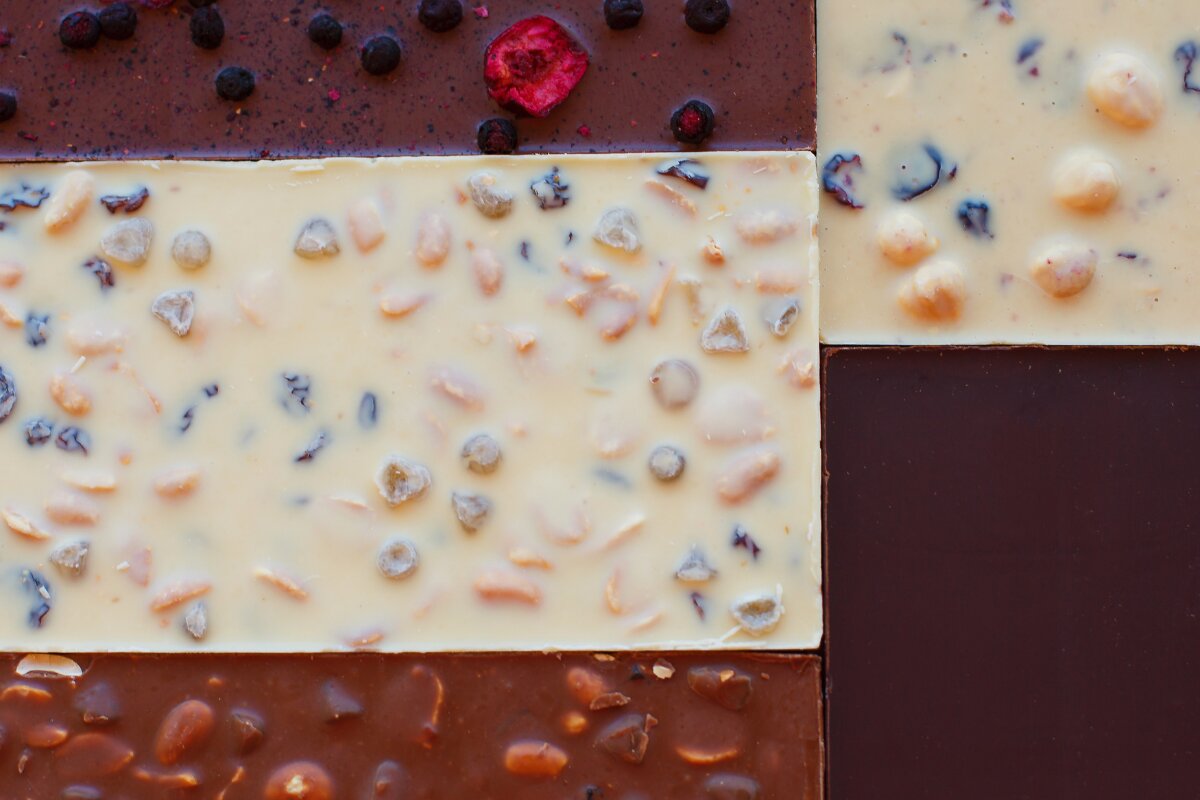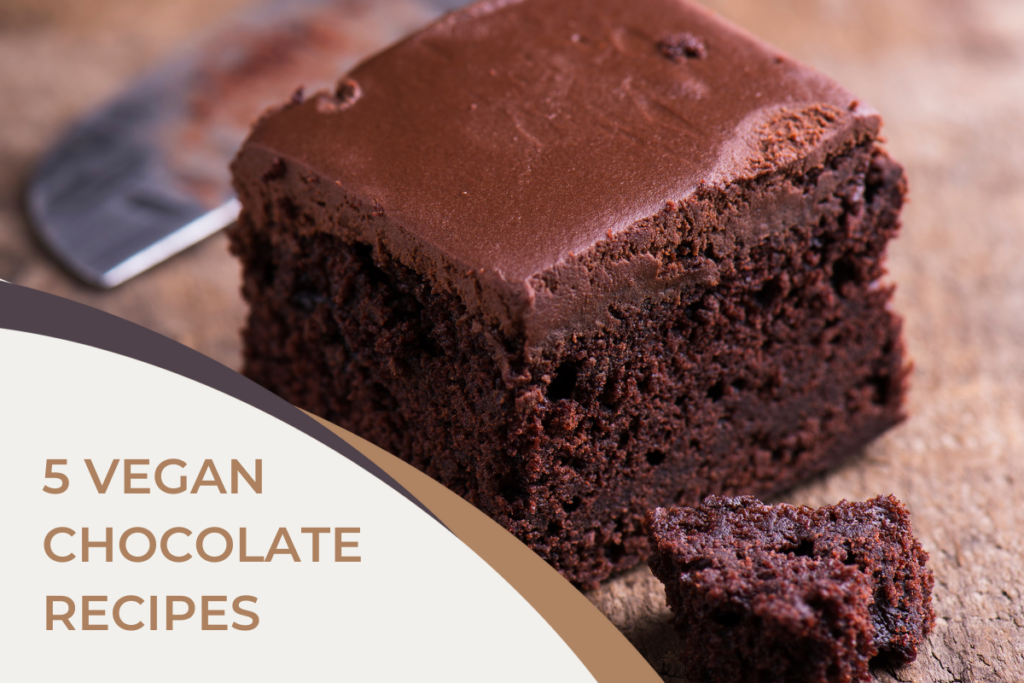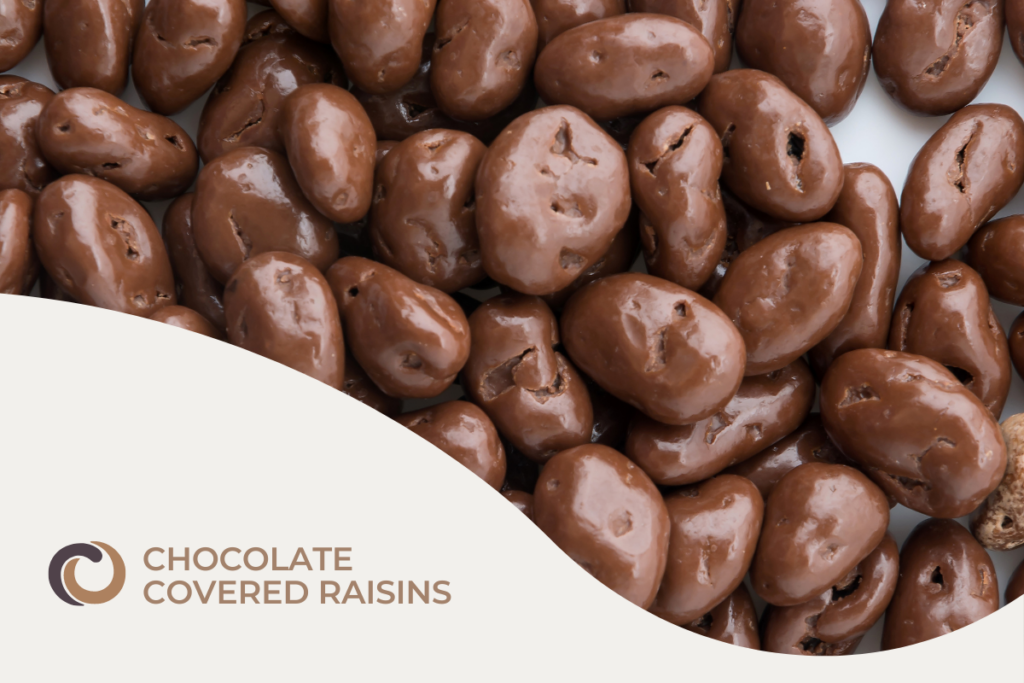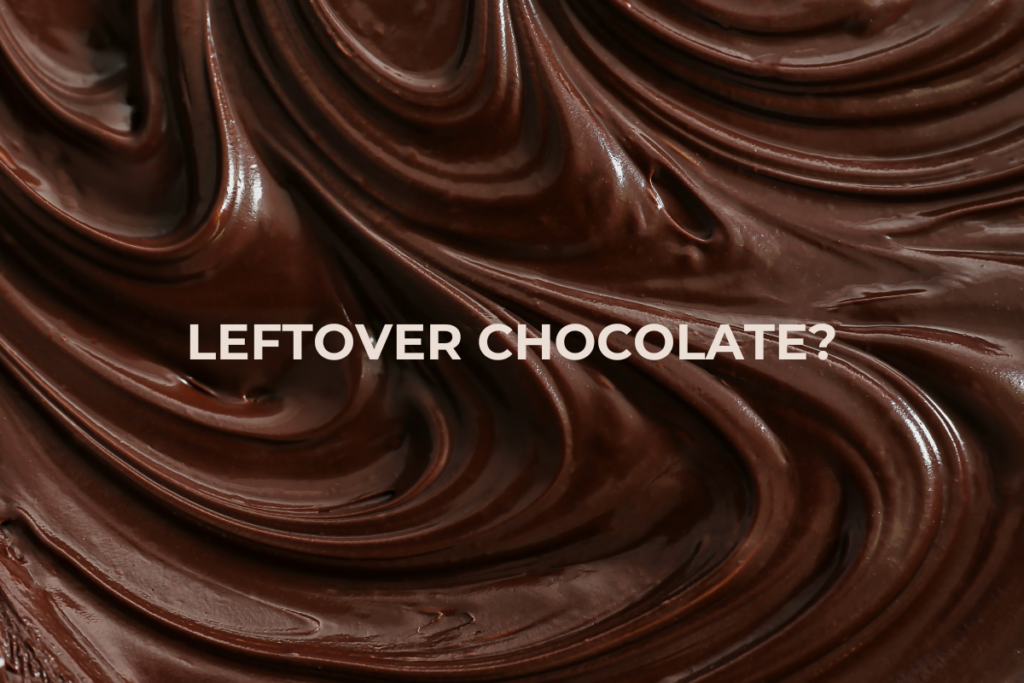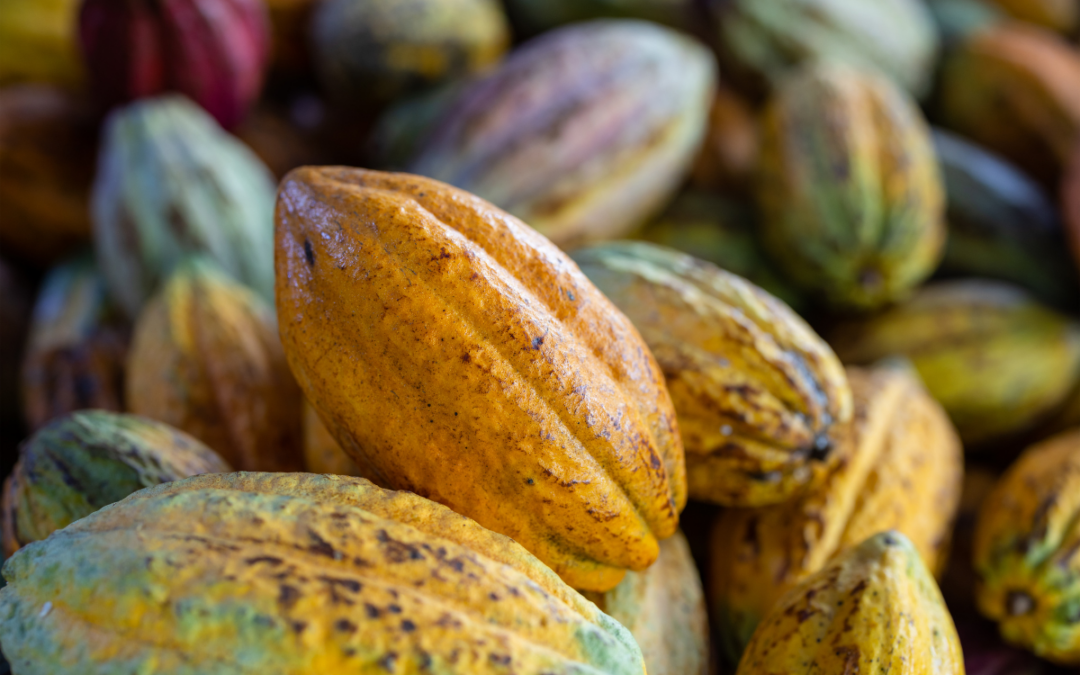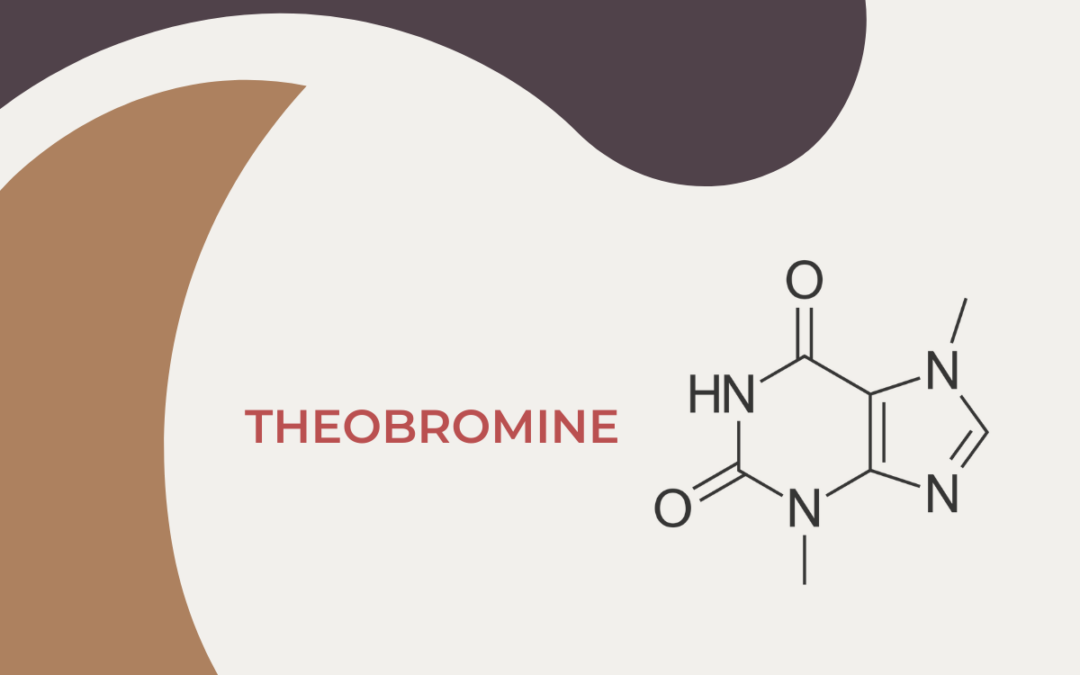Inclusion bars have recently become popular for many reasons, but in short, they have added flavor, color and texture that delight the senses! If you stroll the store shelves, you can see more and more crazy combinations of ingredients being added to chocolate bars. Today, nearly every craft chocolate maker has (or has thought of having) an inclusion bar on their menu.
In this article, we’ll explore some of the more interesting inclusions out there and see if we can entice you to try some new flavor combinations in your home.
Type of inclusion bars: New and popular inclusions over the years
The classic pairing of chocolate with fruits and nuts has been in the market for decades, while others like superfood powders and mushrooms are more recent experiments. In recent years, craft chocolate makers have introduced unusual and exciting ingredients that have established new trends. Here are some of the new inclusions that you should try:
Superfoods
Ingredients that are high in antioxidants or have some other medicinal value are gaining momentum. Ginger, maca powder, goji berries and pumpkin seeds are becoming more popular inclusions in craft chocolate. Turmeric, which has never really grabbed much attention until recently, is gaining popularity beyond the walls of dark chocolate. In 2021, turmeric became the main ingredient in bright chocolate bars known as “golden chocolate,” “golden latte” or “golden milk.”
Vegan Milk Chocolate
Now, it feels like every craft chocolate maker has a plant-based milk bar in their collection. Coconut milk has long been the go-to dairy alternative for chocolate makers, but oat milk is quickly gaining popularity. Oat milk has a unique flavor that’s more delicate than coconut, but more powerful than rice milk or almond milk. It adds a subtle cereal note to any plant-based milk chocolate or plant-based white chocolate, providing an extra layer of flavor complexity to even the most basic chocolate creations. It seems to pair extremely well with any cacao origins, from nutty to floral cocoa.
Chili Pepper Spice
Chili chocolate bars have a bold flavor that is enjoyed by more chocoholics than you might think. Craft chocolate makers scout for the best chilis in the world, and select them carefully, depending on how spicy they want their bars to be. Dark chocolate is usually the preferred choice, because it highlights the intensity of the cocoa while contrasting the power of the chili peppers. Far from a niche flavor, chili chocolate bars have had a few years of fame and are still going as strong as ever!
Herbs & Spices
While chocolatiers and chocolate makers treat herbs and spices similarly in terms of when they add them, herbs and spices tend to be more popular with chocolatiers. Like flavored extracts, herbs & spices lose potency when exposed to too much heat, so they’re typically added at the end. Most of the time, they’re sprinkled delicately onto the back of the bar, just enough to stick onto the chocolate, but not so much that they’re all you can taste. Finely-ground herbs and spices can also be blended into the chocolate, which is typically done toward the end of production to maintain their potency.
Some great examples of herbs and spices to add to chocolate include cardamom, cinnamon, lavender, mint leaves and black pepper.
Bold inclusions
In the end, your imagination is your best friend! Try out some crazy bold flavor combinations like bacon, mushrooms, miso, dried shrimp, lemon grass or olive oil. You are the author of your chocolate creations and experimentation is key when it comes to making new delicious chocolate.
So there you have it, chocolate lovers! An overview of chocolate inclusions that can help get you inspired. If you love chocolate, one way to experience new chocolate flavors is to experiment with inclusions in your chocolate bars. If you want to learn more about how to make your own inclusion bars, check out our inclusion bar recipe blog post. Adding inclusions to chocolate is a simple way to widen your taste profile, especially when you create unique flavor combinations.
We hope you have been inspired to be creative and bold when making chocolate at home! Inclusion always adds a touch of fun to the process. For more great recipes, check out the rest of our CocoTerra blog posts. If you have any questions or comments, feel free to contact us through our social media channels. We are @cocoterra_co on Instagram and Pinterest and @cocoterraco on Twitter and Facebook.

